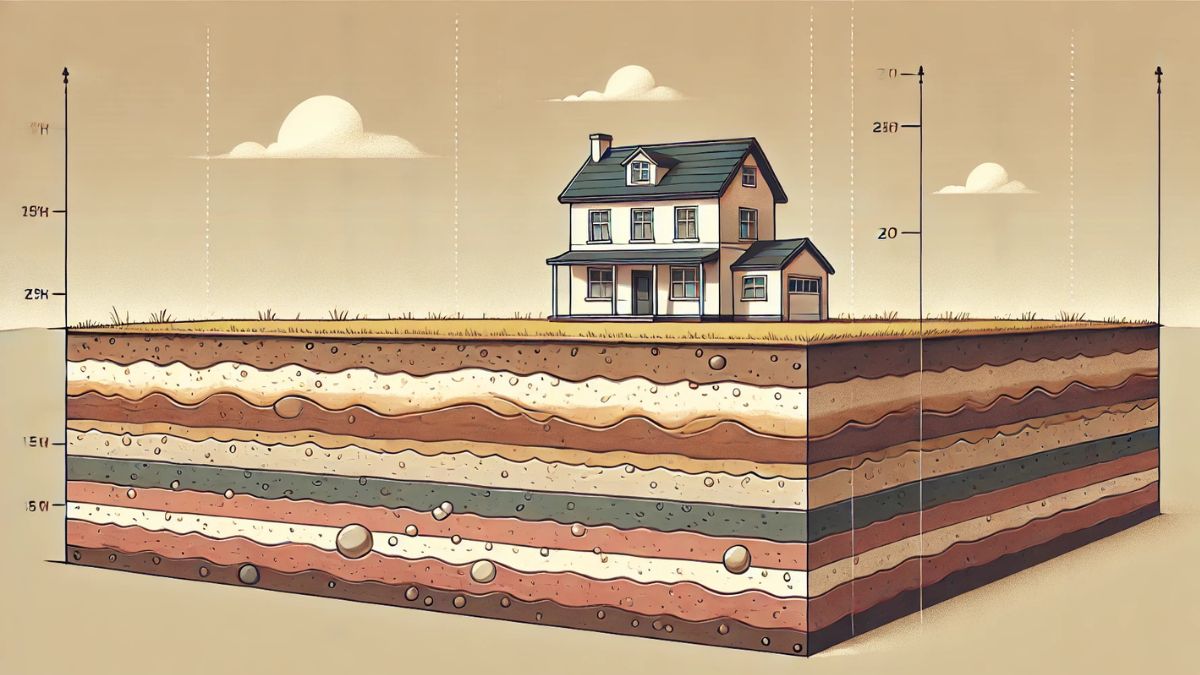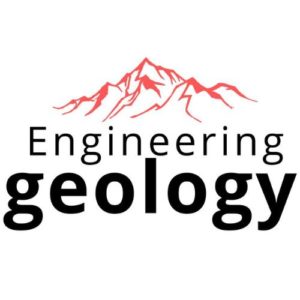Understanding Soil Settlement: How to Predict and Minimize It

Soil settlement is a critical topic in geotechnical engineering and construction. It refers to the downward movement of the ground due to changes in stress, often caused by the weight of a structure or natural geological processes. This phenomenon can lead to severe structural issues, making it essential to understand its causes, prediction methods, and mitigation strategies. In this article, we’ll delve into the science of soil settlement, explore the latest tools and techniques for its prediction, and discuss practical ways to minimize its impact on construction projects.
What is Soil Settlement?
Soil settlement occurs when the ground beneath a structure compresses under the applied load. This compression can result from a variety of factors, including:
-
Reduction in Void Space: Soil particles rearrange themselves into a denser configuration, often due to water expulsion or mechanical loading.
-
Consolidation: A long-term process where water is squeezed out of fine-grained soils, such as clay, under sustained pressure.
-
Creep: Slow, continuous deformation of soil over time due to constant stress.
-
Collapse Settlement: Occurs in loose, unsaturated soils when they come into contact with water.
Understanding the type of settlement is crucial for determining appropriate mitigation strategies.
Causes of Soil Settlement
-
Structural Loads: Heavy structures, such as buildings, bridges, and dams, exert significant pressure on the underlying soil.
-
Groundwater Fluctuations: Changes in the water table can lead to soil volume changes, especially in clayey soils.
-
Excavation and Backfilling: Poor compaction of backfill material can result in uneven settlement.
-
Natural Events: Earthquakes, flooding, and other natural events can destabilize soil layers, causing settlement.
Types of Soil Settlement
-
Uniform Settlement: When the ground beneath a structure settles evenly, it’s less likely to cause significant structural damage.
-
Differential Settlement: Uneven settlement leads to structural distortions, cracks, and potential failure.
-
Immediate Settlement: Occurs right after load application due to soil elasticity.
-
Primary Consolidation Settlement: A time-dependent process where water is expelled from voids in saturated soils.
-
Secondary Consolidation Settlement: Happens after primary consolidation due to soil creep.
Predicting Soil Settlement
Accurate prediction of soil settlement is vital for designing safe and sustainable structures. Modern prediction methods combine classical theories with advanced technologies. Here are some widely used approaches:
1. Geotechnical Investigations
Conducting site-specific geotechnical investigations provides crucial data about soil properties. Common methods include:
-
Standard Penetration Test (SPT): Measures soil resistance to penetration.
-
Cone Penetration Test (CPT): Provides continuous soil profile data.
-
Borehole Sampling: Collects undisturbed soil samples for laboratory testing.
2. Laboratory Testing
Laboratory tests help determine soil characteristics such as:
-
Compressibility: Measured through oedometer tests.
-
Shear Strength: Assessed via triaxial or direct shear tests.
-
Permeability: Evaluated using constant or falling head tests.
3. Numerical Modeling
Advanced computational tools allow engineers to simulate soil behavior under various loading conditions. Popular software includes:
-
PLAXIS: A finite element analysis tool for geotechnical problems.
-
GeoStudio: Offers modules for slope stability, settlement, and seepage analysis.
4. Empirical Methods
Empirical formulas, such as Terzaghi’s consolidation theory, provide a practical way to estimate settlement based on soil parameters and loading conditions.
5. Field Monitoring
Instrumentation and monitoring during construction help validate predictions and ensure safety. Common techniques include:
-
Settlement Plates: Measure vertical movement.
-
Inclinometers: Detect lateral soil movement.
-
Piezometers: Monitor pore water pressure.
Minimizing Soil Settlement
Preventing or minimizing soil settlement is a priority in construction projects. Here are some strategies:
1. Proper Site Investigation
Comprehensive site investigations identify potential settlement risks early in the design phase. This includes detailed soil profiling and understanding groundwater conditions.
2. Ground Improvement Techniques
Various methods improve soil strength and reduce settlement potential:
-
Compaction: Densifies soil through mechanical means.
-
Grouting: Injects cementitious materials to stabilize soil.
-
Soil Stabilization: Uses additives like lime or cement to enhance soil properties.
-
Vibroflotation: Compacts granular soils using vibration.
3. Use of Deep Foundations
When shallow foundations are unsuitable, deep foundations, such as piles or piers, transfer loads to more stable soil layers or bedrock.
4. Drainage Control
Proper drainage systems prevent water accumulation, reducing the risk of soil volume changes.
5. Lightweight Materials
Using lightweight construction materials reduces the overall load on the soil.
6. Preloading and Surcharging
Preloading applies temporary loads to compress soil before construction, while surcharging speeds up consolidation.
7. Geosynthetics
Geosynthetic materials, such as geotextiles and geogrids, reinforce soil and distribute loads more evenly.
Case Studies
Example 1: Mitigating Settlement in Soft Clay
A high-rise building project in Singapore faced challenges due to soft marine clay. Engineers used preloading combined with vertical drains to accelerate consolidation. This approach reduced settlement risks significantly, ensuring structural stability.
Example 2: Differential Settlement in Historic Structures
A historic cathedral in Europe experienced differential settlement due to changes in groundwater levels. The solution involved underpinning the foundation with micropiles, effectively halting further movement.
The Role of Technology
Technological advancements are revolutionizing how engineers approach soil settlement:
-
Remote Sensing: Satellites and drones provide real-time data on ground movement.
-
Artificial Intelligence: Machine learning algorithms predict settlement trends based on historical data.
-
Building Information Modeling (BIM): Integrates geotechnical data into 3D models for better decision-making.
Conclusion
Soil settlement is a complex phenomenon with far-reaching implications for construction projects. Predicting and minimizing its effects require a combination of thorough geotechnical investigations, advanced analytical tools, and innovative engineering practices. By understanding the underlying causes and implementing proactive measures, engineers can design safer, more resilient structures.
If you’re planning a construction project, consulting with geotechnical experts is essential to ensure long-term stability. Investing in proper soil analysis and settlement mitigation strategies can save time, resources, and potential structural failures.
